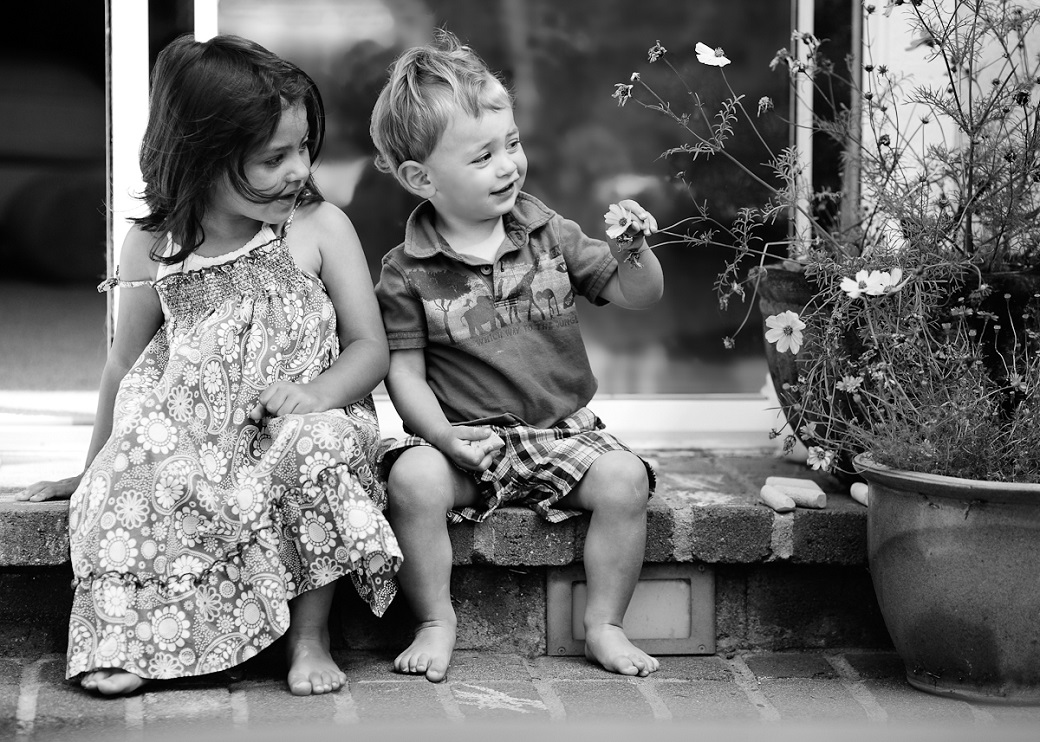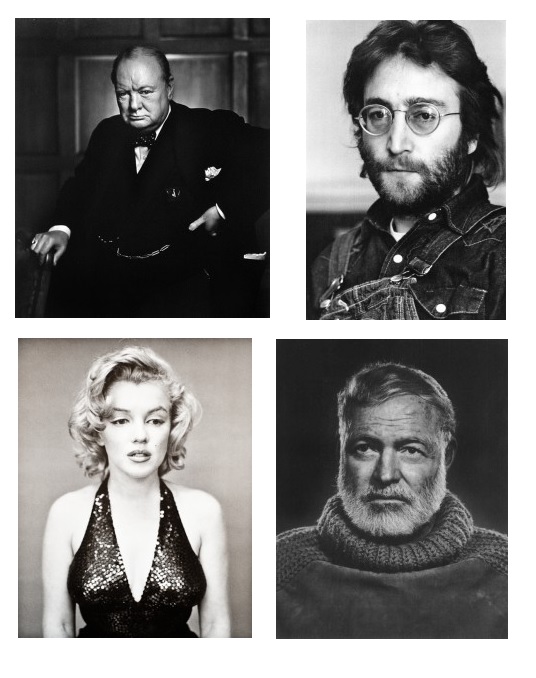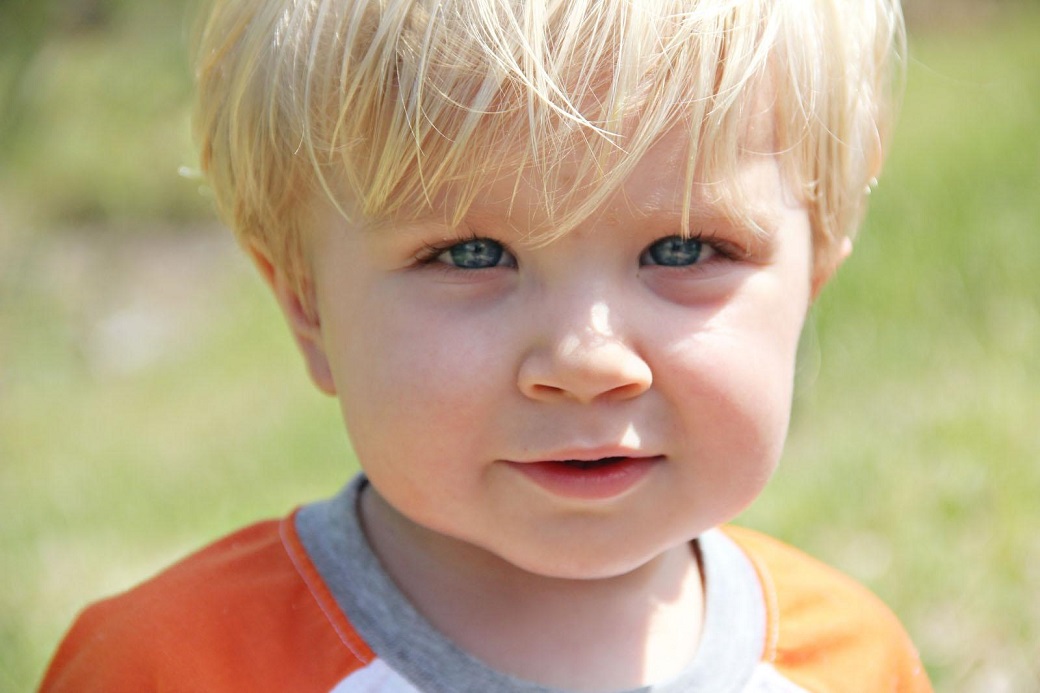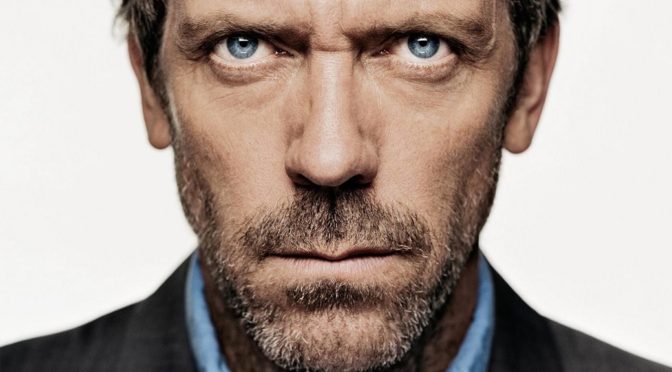by David Cain at Raptitude.com
If people in the far future were to unearth troves of 20th and 21st-century photographs, the first thing they might ask is “Why are they always smiling?” It would look as though something happened around 1920 that made people perpetually giddy, or even loopy.
On closer inspection, though, the researchers would realize that most of those smiles weren’t genuine, and perhaps were the product of some kind of oppressive force in 20th century society. Maybe an eccentric monarch demanded everyone appear elated all the time, not unlike how North Koreans were clearly afraid to be seen not crying at Kim Jong-Il’s funeral.
Our compulsively smiley photo culture isn’t quite as totalitarian as North Korea, but if you ever assert your right not to smile in a group photo you will definitely be viewed as a subvert. The camera operator, and maybe your fellow subjects, will scold you for trying to ruin the photo by letting it capture your actual face.
My mother is always telling me to replace my unsmiling social media photos with smiling ones. It is a permanent point of contention between us. I’ve been told I look “psychotic” when I’m not smiling, but that’s just my everyday face, and I have faith that future archaeologists studying those photos will recognize me as the sane one.
I understand why people like smiles. I like them too. They’re pleasant, reassuring, and attractive. Smiling people are more approachable. Smiles have genuine social value.
And that’s exactly why I don’t like this custom of mandatory smiling: because I love smiles, and I love that they have meaning. A human smile is one of the most beautiful sights in nature.
Their naturalness is what makes them special, and natural smiles—real smiles—are fleeting. They’re a momentary, involuntary broadcast of intense joy, goodwill or gratitude. How great they are when they’re real.
A smiling face without that welling of emotion is just a bad simulation, a gesture of conformity more than anything else, which nobody can mistake for real happiness.

Where this ridiculous custom came from
The question of why we always smile in photos is pretty simple to answer: because we’ve been explicitly told to since birth, and whenever we refused we were given a hard time.
But why did demanding people smile ever become normal? This is a history question, and like most history questions the answer is a murky and unsatisfying combination of factors.
We know a little more about why people used to never smile in photos. We often hear it’s because the exposure times for early cameras were really long, but that’s probably not it. Within a few decades of the camera’s invention, exposure times were down into the seconds-range, and people wouldn’t have had to hold their smiles for any longer than they do today when grandma is trying to take a group photo after Sunday brunch without having turned her camera on.
The lack of dental care standards may have been another factor. Until modern dentistry was widely available, it is understandable that nobody was particularly excited to display their brown, rotting teeth, and that nobody wanted to see them.
Most importantly, though, photographs were initially seen as a really fast way to make a painting, and painted portraits have always been serious affairs. At first, photographed portraits were expensive vanity items for the rich, and the last thing a rich lord would want want immortalized is the scandalous smile of a drunkard or a trickster.
By the time photographs became accessible to the middle class, the custom of affecting sober, dignified faces had already been established by the rich. But that doesn’t mean everyone was dying to burst into grins the whole time.
Then the taboo against smiles turned on its head. Smiling at cameras came into fashion with the rise of Hollywood movies and consumer goods. It might be mostly Kodak’s fault, who marketed consumer cameras by emphasizing how they can capture life’s peak experiences forever—certain rare, ecstatic, genuinely smile-inducing moments that happen during our vacations, graduations, ribbon-cuttings and weddings.
Over the decades, the excitement of these genuinely special, photographable events somehow got confused with the increasingly ordinary (and often painful) event of taking a photo itself. This may have been the first inkling of the modern, “whose-life-is-happiest” one-upmanship that we all know from Facebook. Look, a camera! Capturing our joyous life! Smile immediately! Don’t let them think we’re not joyous!
Our brief age of fake smiles
Some people are naturals at creating a radiant, genuine (looking) smile at a moment’s notice. Our strange custom of enforced smiling probably doesn’t trouble these folks, because each photo is an opportunity to have one of their talents immortalized. For the rest of us, we’re aware that it’s often our worst qualities that are being immortalized: self-consciousness, uncertainty, pretentiousness and other forms of personal ugliness.
I don’t want to overstate my objection to affected smiling. Very often I do want to put on a smile, and I don’t mean to say photographed smiles are always vicious lies. I just think that the thing being demanded here becomes significantly more wonderful when there are fewer fake ones floating around.
The problem with real smiles is that they cannot be created on demand. But that’s okay, they do happen a lot, if you’re willing to take photos of people as they are. Saying “cheese” creates the illusion of smiling people, but that’s it.
The best portrait photographers have always known this anyway. Look at the work of people like Annie Liebovitz, Yousuf Karsh, or Richard Avedon—and one thing you will notice is that smiles are as uncommon in their photos as they are in real life. The subjects are overflowing with personality, even when they’re looking pensive, sad, concerned or aloof. And when they are smiling, it is—as in real life—magical.

Can you imagine if Karsh had refused to take the photo until Hemingway was smiling? It would have washed all the Hemingway out of the shot. We can’t all be Karsh or Leibovitz, but maybe we can still photograph our lives without telling the people in them that their ordinary faces are no good.
I suspect this little rant won’t change much for most people. Even if you appreciate how ridiculous this custom is, we’re already quite brainwashed and don’t know how else to go about things—I still tell people to say cheese without even really thinking about it, and I’m not sure how I would convince people not to smile, or what the result would be.
More than anything I just want to draw attention to how completely weird it is that this ever became normal. Through some haphazard combination of marketing, pop culture and peer pressure, we are living in the middle of a strange phase in history where we’re not allowed not to smile, at least at in moments when our faces are being captured for posterity. Maybe by the year 2100 this tradition will be dead, and will baffle 22nd-century people the way powdered wigs baffle us.
Like most anti-establishment rants, there is a broader point to all this. A human life seems long to the person having it, but compared to history it’s quite short. When something is fashionable throughout the short stretch our lives happen in, we’re in danger of believing it’s always been that way, and always should be. This narrow thinking is the seed of all oppression really.
So broaden your view of what’s natural and right. Don’t let your aunt tell you how you should look. Smile if you want to, but only if you want to.



Good news……I think. Because of improvements in face recognition software, Virginia now allows people to (fake) smile on their drivers license photo. Will wonders never cease?
Cognitive Dissonance
PS – Mrs. Cog always insists I smile for photos. Resistance is futile.
I did not know it was New York State’s lack of facial recognition software which makes the State make us frown in the DL photo. I thought it was to show the misery of living in such a high-tax state with unsurmountable problems. You know, to be part of the paradigm.
Ball and Chain,
It helps when the plebes appear to be as miserable as they are. Thankfully it is no longer mandatory. ;-)
Cognitive Dissonance
Thank you Cogs, and Mr. Cain — there is certainly more than meets the eye here! And a lot to chew on, since I love to mix metaphors.
It’s the insight of your description of Facebook as the site for showing off that my life is happiest !! Indeed FB is that, but it wasn’t the first to ignite the competition. It seems to me that just when photography portraiture had moved past the technical difficulties you described in capturing a face engaged in holding ALL of its muscles in place til it hurt, well, that was about the time ( ~ 1900 A.D. ) that companies/corporations which had previously used P.R. mostly internally began using it externally, combined with the new activity of marketing, but I mean its newer definition –not just taking something to market but now it is aggressively advertising the product or service across whatever mass media of that particular decade……which could now be done much more effectively by using photography’s expanded technology to show happy, smiley-faced customers who could absolutely NOT live happily without this or that whatever thingamajig in the advertisement.
Perhaps advancements in photography/portraiture ultimately gave us this new activity — and profession– of marketing and maybe even PR ?? Maybe the other way ’round, but it’s clear that all the ads with smiley faces have me livin’ the dream. The American Dream. And in case anyone doubts it, I’ll just post the evidence up on Facebook.
Oops. Let me explain: inside those quotes quoting Mr. Cain’s brilliant description of Facebook, it is supposed to say ‘the one-upmanship of showing that it is I who wins the whose life is happiest contest’.